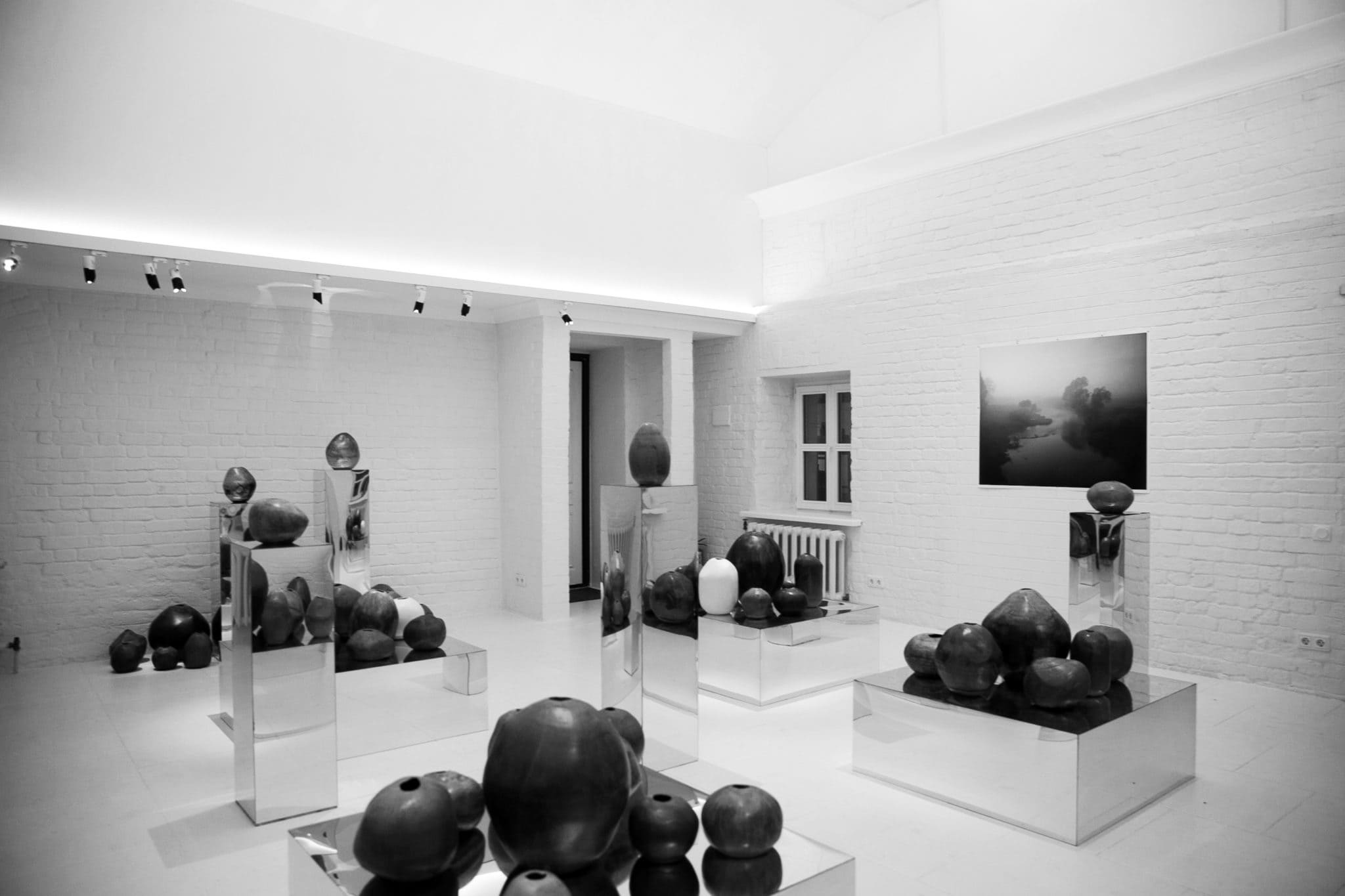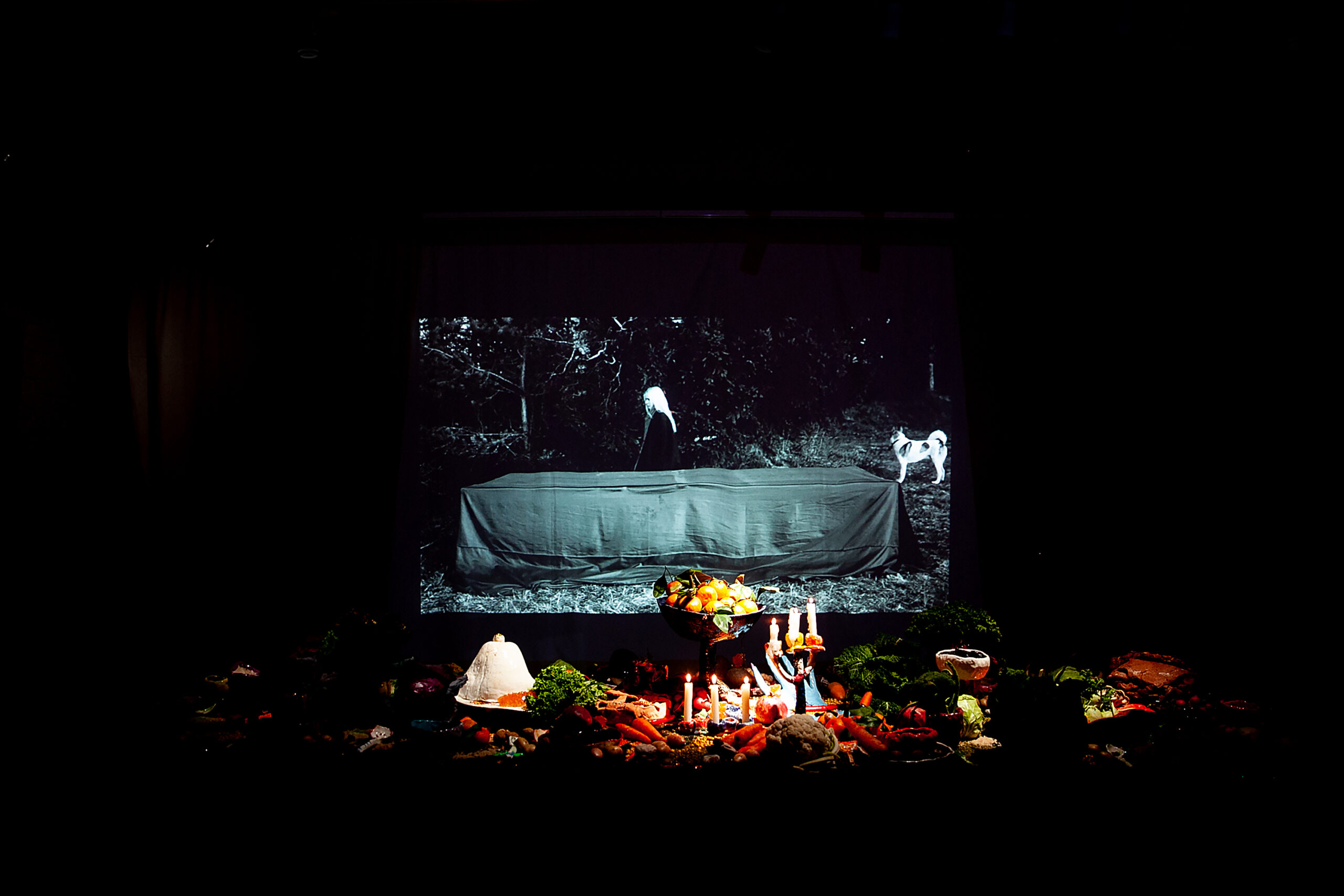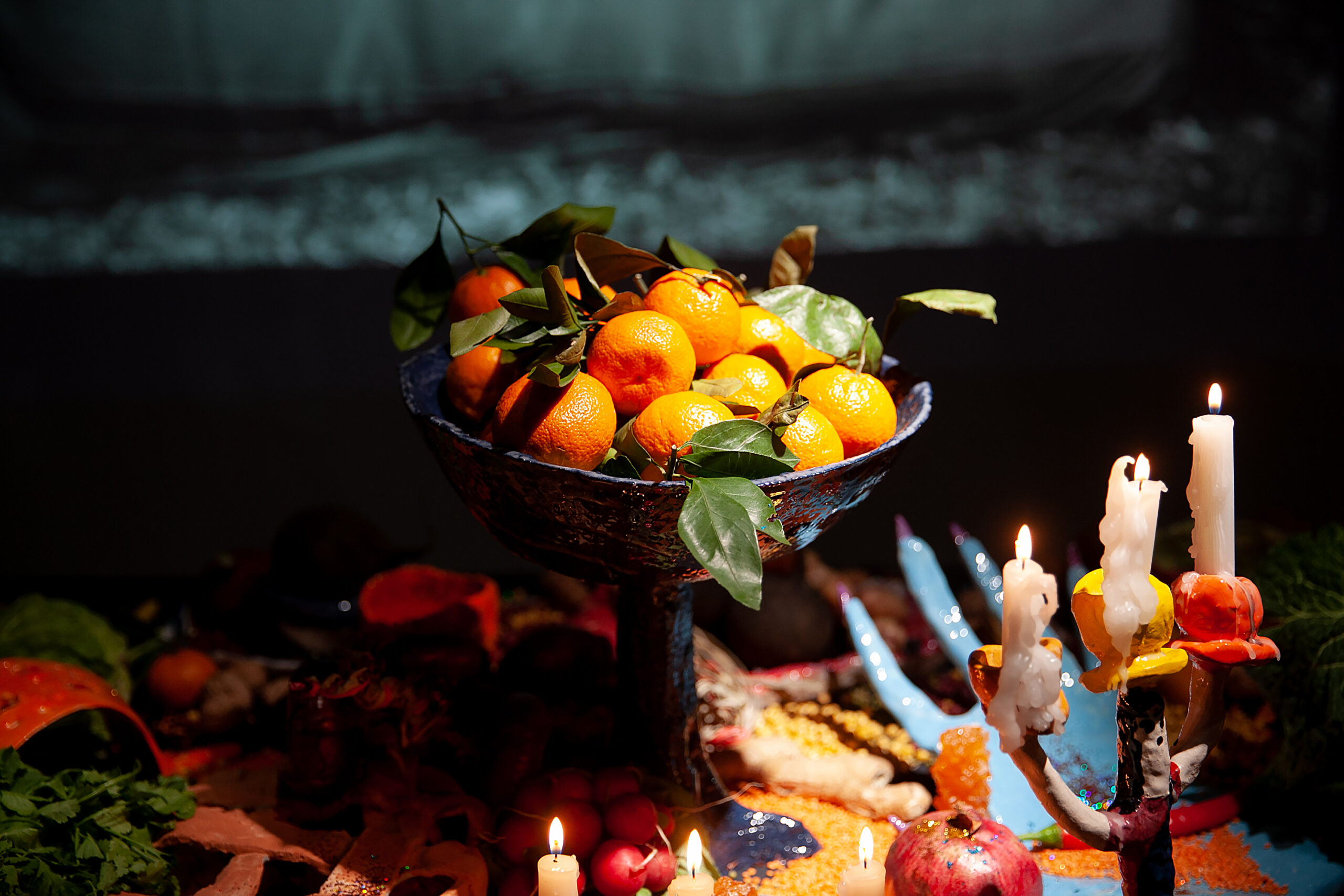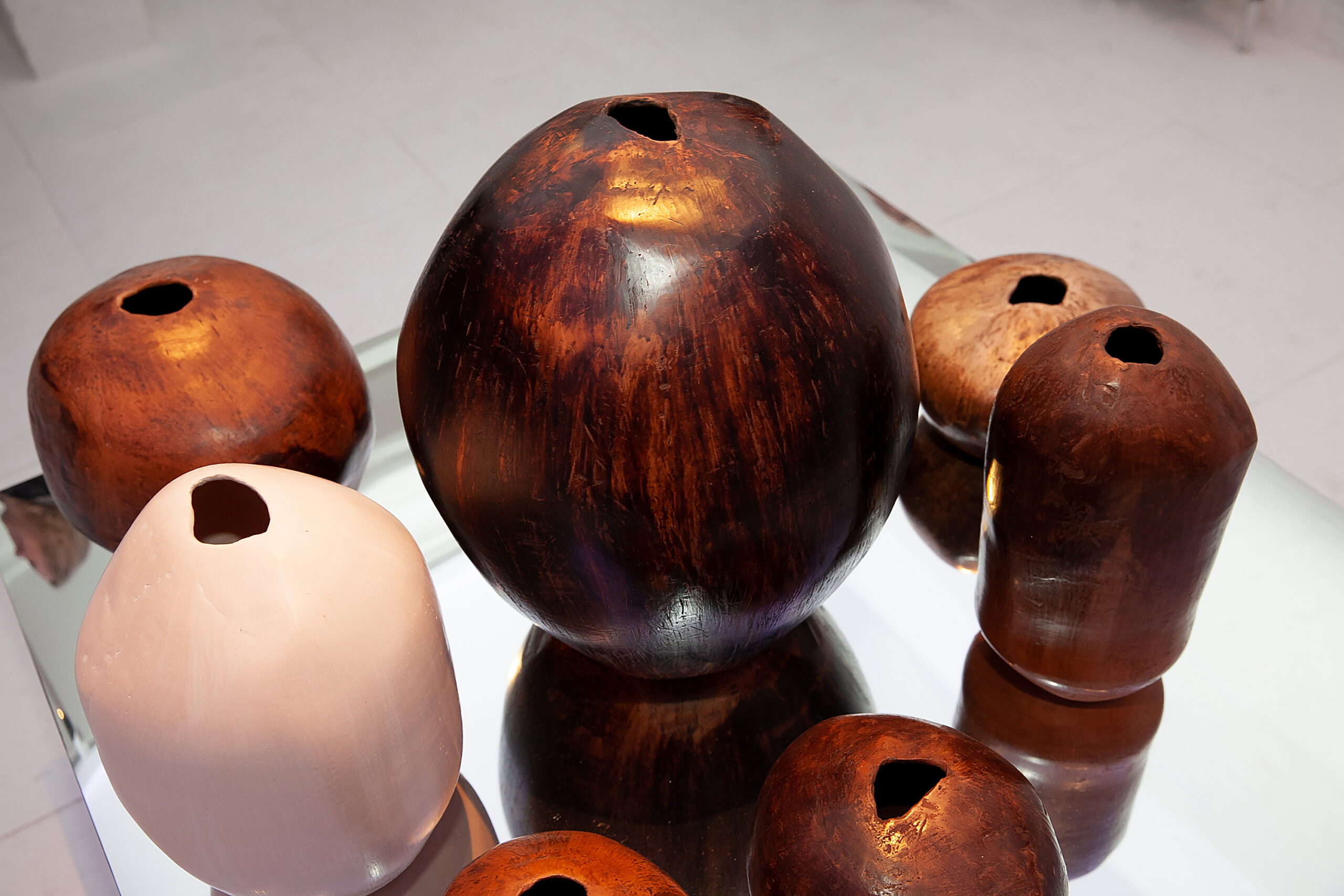Masha Kolosovskaya | 108
Dec 13 – Jan 16 2020
Curators:
E. Fadeeva
Date:
Dec 13 – Jan 16 2020
Artists:
Maria Kolosovskaya
Date:
August 10, 2020
Category:
August 10, 2020





